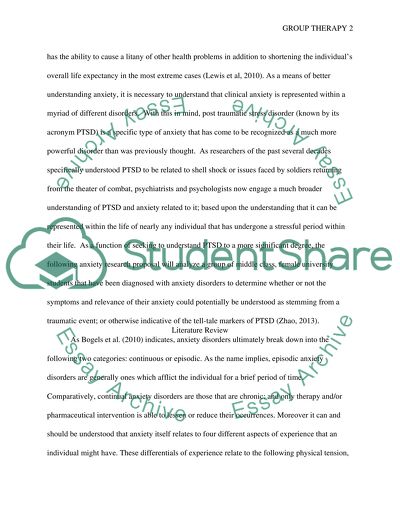Cite this document
(“Group therapy proposal Assignment Example | Topics and Well Written Essays - 2000 words”, n.d.)
Retrieved from https://studentshare.org/psychology/1659667-group-therapy-proposal
Retrieved from https://studentshare.org/psychology/1659667-group-therapy-proposal
(Group Therapy Proposal Assignment Example | Topics and Well Written Essays - 2000 Words)
https://studentshare.org/psychology/1659667-group-therapy-proposal.
https://studentshare.org/psychology/1659667-group-therapy-proposal.
“Group Therapy Proposal Assignment Example | Topics and Well Written Essays - 2000 Words”, n.d. https://studentshare.org/psychology/1659667-group-therapy-proposal.


